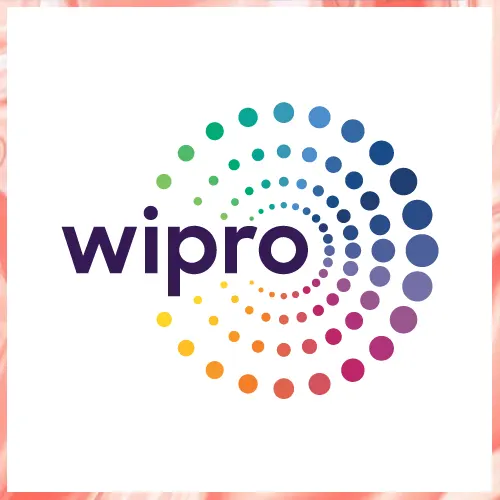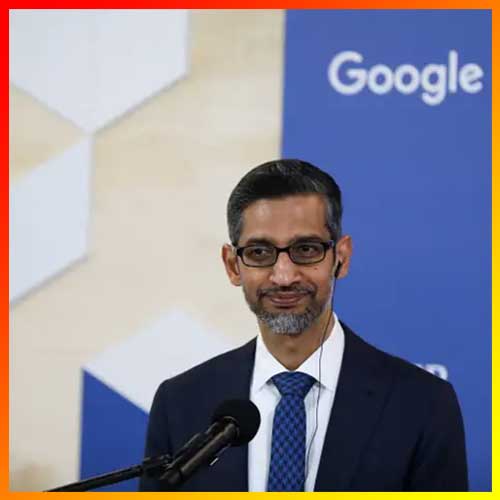
Despite having a small team of around 30 employees, Telegram has today grown into a $30 billion powerhouse by embracing a radically different approach to messaging.
As of March 2025, Telegram boasts of over 1 billion active users, and yet it operates with a team of just 30 people. This minimalist approach has captivated the attention of business leaders, entrepreneurs and strategists across the globe.
Telegram was launched in 2013 by brothers Pavel and Nikolai Durov, who previously founded the Russian social network VKontakte (VK). The platform was created in response to growing concerns over privacy and government surveillance. Built with a focus on speed, security, and user freedom, Telegram has grown into a global messaging giant while maintaining an ultra-lean team and an unconventional, hierarchy-free structure.
Telegram focused on privacy, encryption, and user freedom. This strategy helped in positioning the messaging platform as a counterpoint to more surveillance-heavy competitors. With minimal staff, no traditional monetization for years, and no headquarters, Telegram scaled rapidly to hundreds of millions of users worldwide, powered by cloud-based infrastructure, grassroots adoption, and a fiercely loyal user base.
A 30-member team & an unconventional recruitment strategy
Unlike competitors like WhatsApp (Meta) or Signal, which employ thousands, Telegram runs its operations with just 30 employees, with Founder Pavel Durov serving as the sole product manager.
Telegram operates without HR departments or rigid hierarchies, relying instead on lean, decentralized teams and direct communication. This streamlined setup allows for rapid decision-making, minimal bureaucracy, and a focus on technical excellence—key drivers of its efficiency and global success.
When it comes to hiring, Telegram takes an unconventional approach. Instead of relying on a traditional HR department, the company scouts talent through coding competitions hosted on platforms like Contest.com. These challenges are designed to assess candidates’ practical skills in areas like security, scalability, and UI development, focusing on real-world problem-solving abilities.
Winners of Telegram’s coding competitions—those who excel in autonomy, innovation, and real-world problem solving—are invited to join the company’s small, elite team. These hires are trusted to take full ownership of their work, reflecting Telegram’s flat structure and results-oriented culture.
Telegram’s business model
Telegram began as a completely free, ad-free platform, funded solely by its founders. For years, it resisted monetization to stay aligned with its privacy-first philosophy. However, to sustain its operations as user growth surged, Telegram eventually introduced premium features and limited advertising—particularly in large public channels—without compromising user data or experience.
By 2024, Telegram reported revenues of $342 million, driven largely by its premium subscription model and limited advertising. Despite its minimalist team, the platform has successfully monetized without compromising on user privacy or experience.
Telegram’s growth has been both rapid and consistent, fueled by its focus on privacy, minimalist team structure, and technical innovation. As of 2024, it ranks among the top five most downloaded apps globally, with billions of users and a sharp rise in revenue, all managed by a small, elite team.
Telegram’s success outlines how smart engineering, decentralization, and a strong ideological stance can sometimes outperform big budgets and massive teams.
Also Read: Telegram begins 2025 with collectible gifts, advanced filters, and other exciting features
See What’s Next in Tech With the Fast Forward Newsletter
Tweets From @varindiamag
Nothing to see here - yet
When they Tweet, their Tweets will show up here.



























